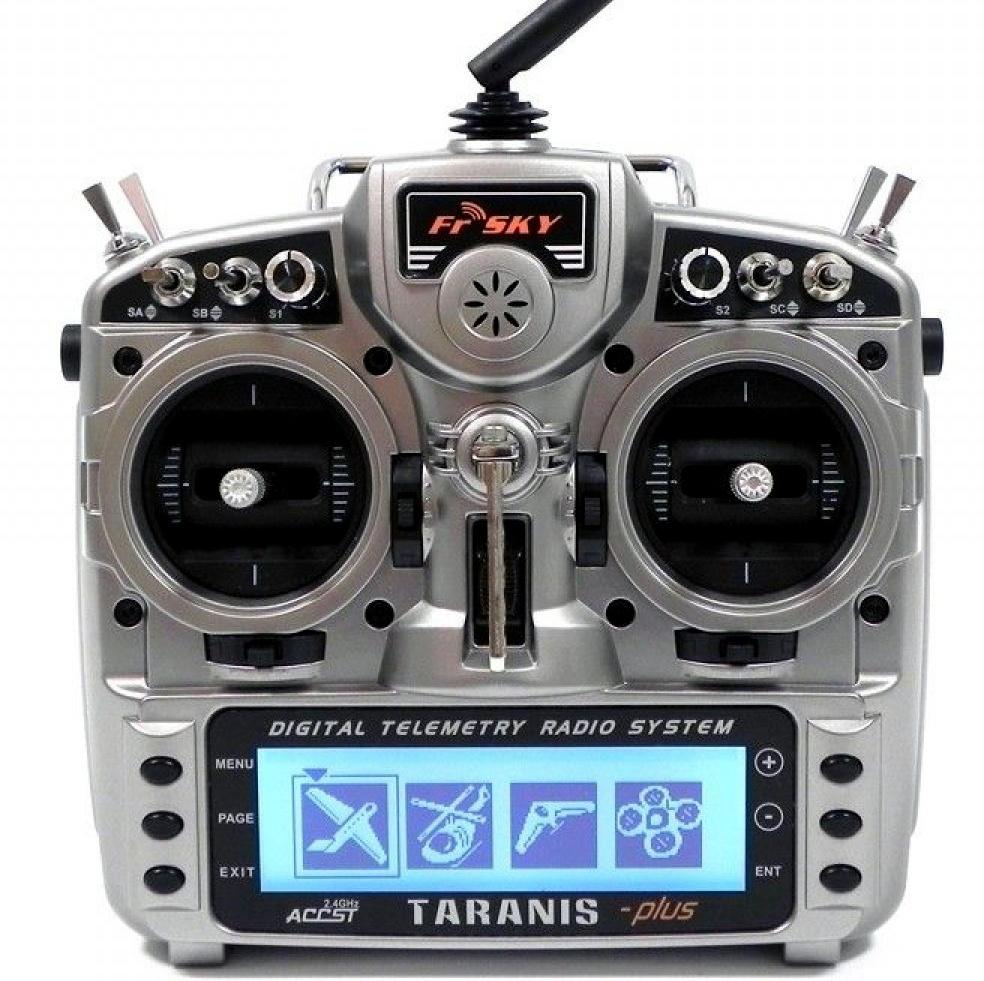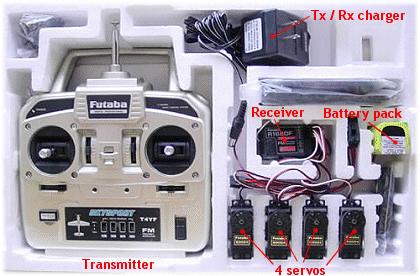Choosing the Best RC Plane Transmitter: Factors to Consider
RC plane transmitter technology has come a long way, and new advancements offer more precise controls and long-range capabilities. A reliable transmitter is essential for hobbyists who want to operate their RC planes with ease. A transmitter is the device that sends signals to the RC plane’s receiver, which translates the commands into action. The quality of the transmitter affects the accuracy and reliability of the plane’s movements. A high-quality transmitter prevents interference caused by other wireless signals and allows for error-free control. Two of the most important features of an RC plane transmitter are its range and number of channels.
Choosing the Right Transmitter for Your RC Plane
Hobbyists looking for an RC plane transmitter need to consider two essential features: range and channels. Range refers to the maximum distance the transmitter can communicate with the receiver, while channels refer to the number of different functions the transmitter can control.
When selecting a transmitter, hobbyists should consider their flying style and the type of plane they want to fly. Different planes require different channel capabilities, and for hobbyists who fly at a long distance, a transmitter with a longer range is necessary.
Several popular brands offer a range of transmitters with varying features and ranges. These include FrSky, FlySky, and Spektrum. Each brand offers different models with varying ranges and channel capabilities, so hobbyists should do their research to determine which brand best meets their needs.
To browse and purchase transmitters, hobbyists can visit specialized websites such as HobbyKing and Tower Hobbies. These websites offer a vast selection of transmitters to choose from, along with customer reviews and ratings to help hobbyists make informed decisions.

What are some popular brands that offer RC plane transmitters with varying ranges and channel capabilities?
Some popular brands that offer RC plane transmitters with varying ranges and channel capabilities are Spektrum, Futaba, FrSky, Taranis, and Flysky.
RC Plane Transmitter Options by Features and Budget
There are various ergonomic features that hobbyists can look for when selecting an RC plane transmitter. For instance, some transmitters come with adjustable sticks that can be customized to suit the user’s preferences. There are also models with built-in grip-pads or trigger-controls for better comfort. Backlit screens and voice feedback are other features that can enhance the user experience.
When it comes to budget, hobbyists can find transmitters at various price points. While premium models can come with added features, there are budget-friendly options for those starting or looking for a more affordable option. The following table highlights some popular RC plane transmitters with their features and price range:
| Transmitter | Range | Channels | Price Range |
|---|---|---|---|
| Taranis X9D Plus | Up to 3.5 miles | 16 channels | $200-$350 |
| FlySky FS-i6X | Up to 0.6 miles | 10 channels | $40-$80 |
| Spektrum DX8e | Up to 1.5 miles | 8 channels | $200-$300 |
Hobbyists should carefully consider their flying needs and budget before selecting a transmitter. Online resources, such as customer reviews on Amazon or RC plane forums, can provide valuable insights into the reliability and quality of different transmitters.

What are some online resources hobbyists can use to research RC plane transmitters before making a purchase?
Some online resources hobbyists can use to research RC plane transmitters before making a purchase are RC forums, online hobbyist communities, manufacturer websites, and product review websites.
Consider Compatibility with RC Plane Receiver
One essential factor to consider when selecting an RC plane transmitter is compatibility with the plane’s receiver. Not all transmitters work with all models of receivers, so hobbyists should be cautious and confirm compatibility before purchasing. Some manufacturers offer transmitter and receiver sets for added convenience and to ensure compatibility. Updated hardware and firmware also impact compatibility, so it’s essential to double-check before making a purchase. Hobbyists can find information on manufacturer websites or aviation retailers to ensure compatibility before making a purchase.

What are some options for confirming transmitter and receiver compatibility when selecting an RC plane transmitter?
Options for confirming transmitter and receiver compatibility when selecting an RC plane transmitter include checking the frequency and protocol used by both, consulting the manufacturer’s specifications and recommendations, and consulting online forums and communities for advice and feedback.
Range and number of channels: crucial factors for choosing an RC plane transmitter.
- Flying style and type of aircraft are crucial factors to consider when selecting range and channel capabilities.
- Beginners require a smaller range for ease of flying, while advanced pilots may need a longer range.
- More channels are needed for planes with more functions, such as retractable landing gear or flaps.
The range and number of channels are also important factors to consider when selecting an RC plane transmitter. The flying style and type of aircraft determine the required range and number of channels. For instance, beginners generally require a smaller range for ease of flying, while advanced pilots may need a longer range for complex maneuvers. Similarly, more channels are needed for planes with additional features and functions, such as retractable landing gear or flaps. Information on specifications is available on manufacturer websites or from aviation retailers to help hobbyists make informed decisions when selecting a transmitter.

What factors should be considered when selecting an RC plane transmitter?
Some factors to consider when selecting an RC plane transmitter are its range, number of channels, compatibility with your plane’s receiver, ease of use, and additional features like telemetry and programmability.
An important consideration when selecting an RC plane transmitter is compatibility with the plane’s receiver. Some transmitters only work with specific brands or models of receivers. To ensure the transmitter and receiver can communicate appropriately, hobbyists should check the compatibility requirements. For instance, the Spektrum DX6 transmitter is compatible with various Spektrum receivers, including the AR610, AR620, and AR636. Simultaneously, the Flysky FS-i6 transmitter works with the Flysky FS-iA6B receiver. Failing to check compatibility may lead to errors or crashes during flight, resulting in damage to the aircraft or injury to people nearby. Additionally, it’s essential to check for necessary firmware or software updates to improve the compatibility between the transmitter and receiver.
In conclusion, an RC plane transmitter is a crucial tool that hobbyists should select with care. When looking for a suitable transmitter, the range and number of channels, ease of use, and compatibility with the receiver are crucial factors to consider. Furthermore, website reviews, fellow hobbyist recommendations, and information from aviation retailers can aid in making informed decisions. Ultimately, investing in a high-quality transmitter can enhance the flying experience, allow for more precise control, and minimize the risk of accidents or crashes. Requiring research, purchasing a compatible transmitter can ensure the reliability and safety of the plane’s control mechanism. In conclusion, hobbyists should diligently research and select the appropriate transmitter to enhance their flying experiences.



